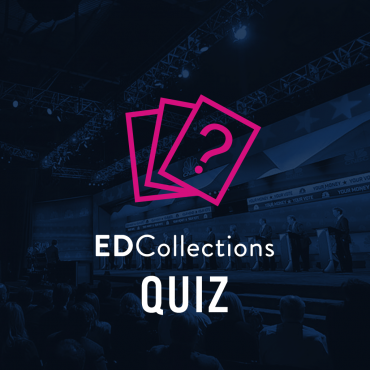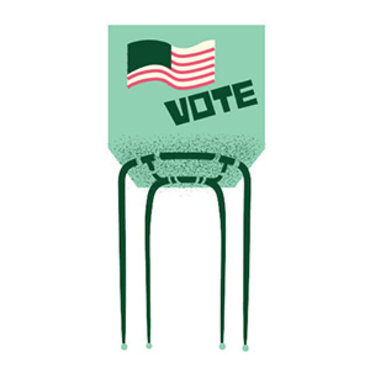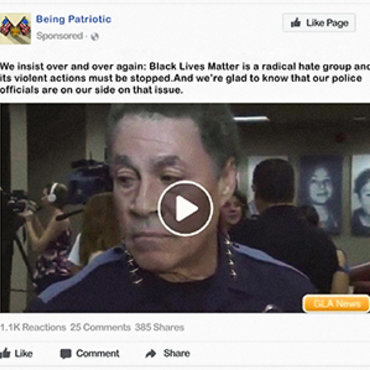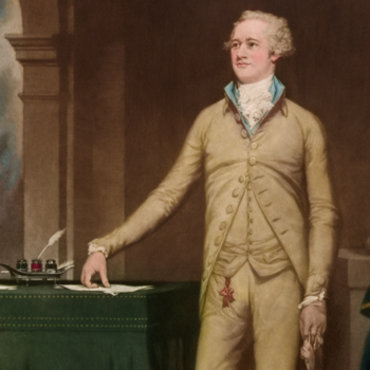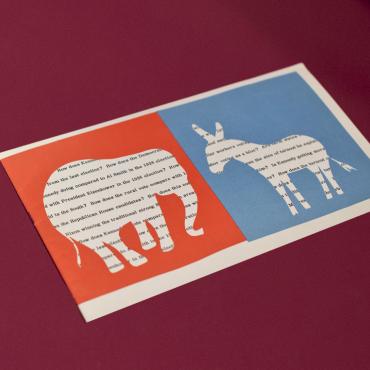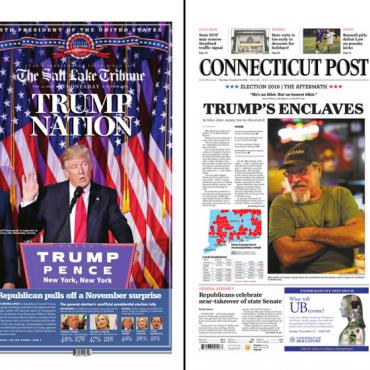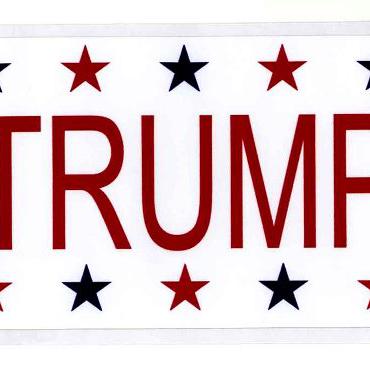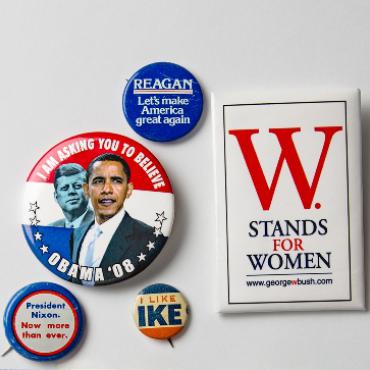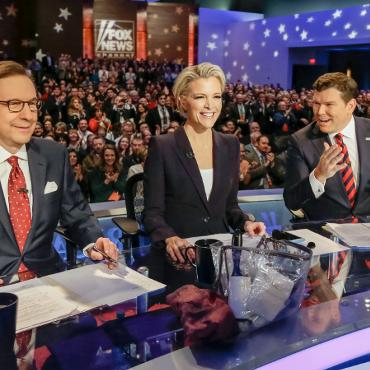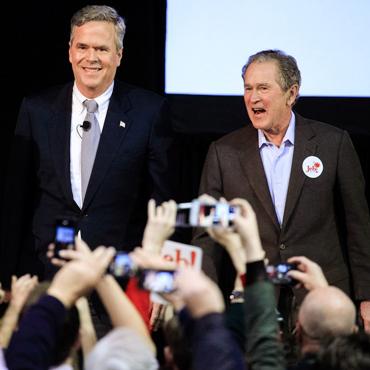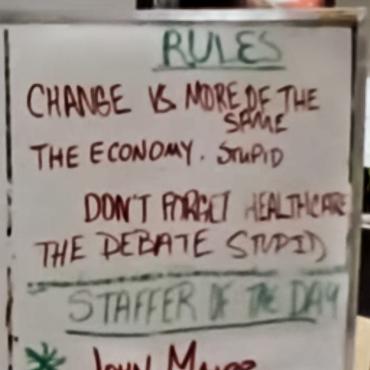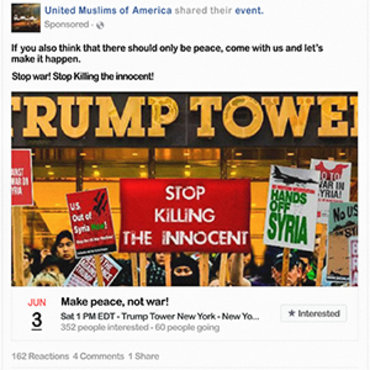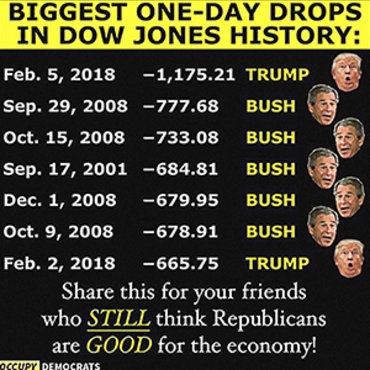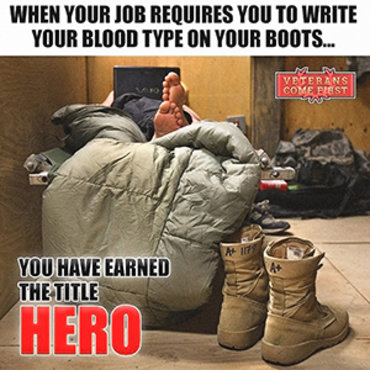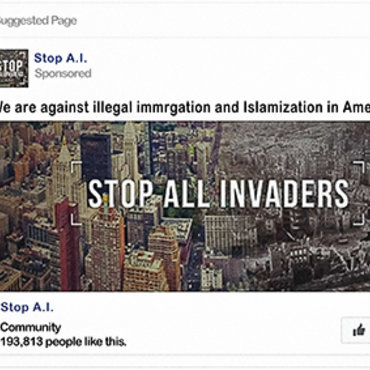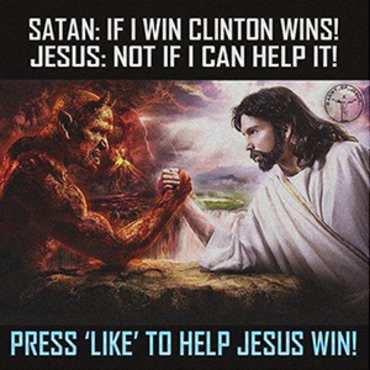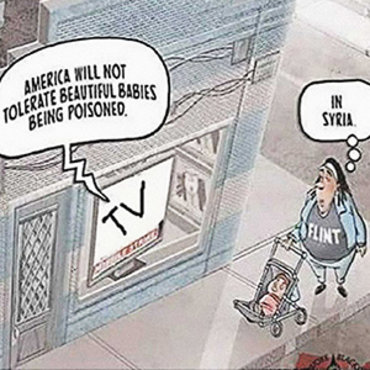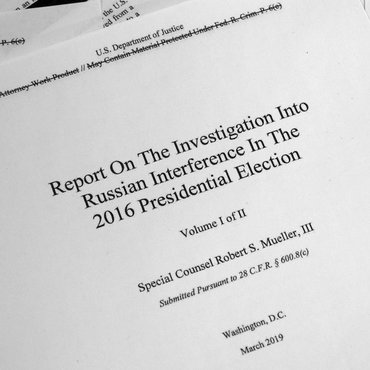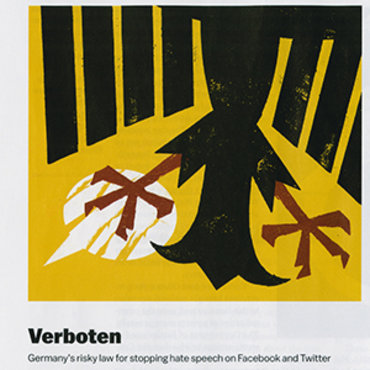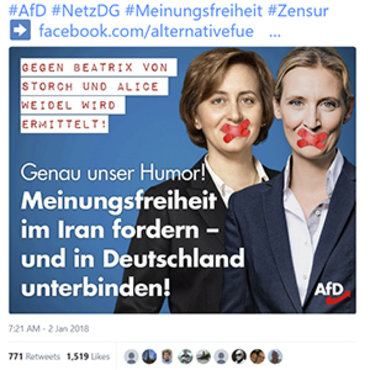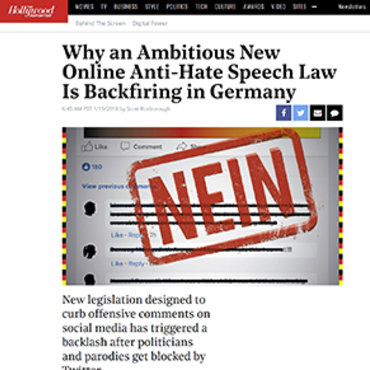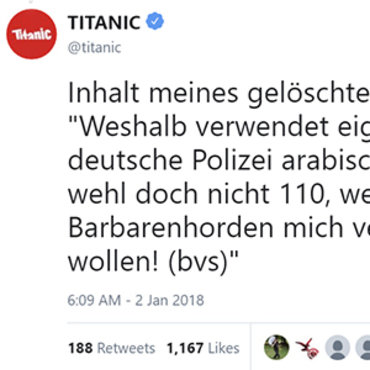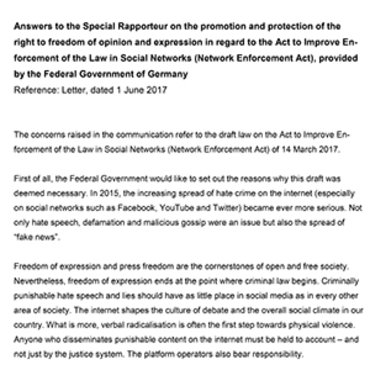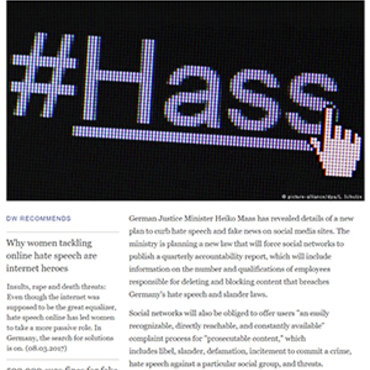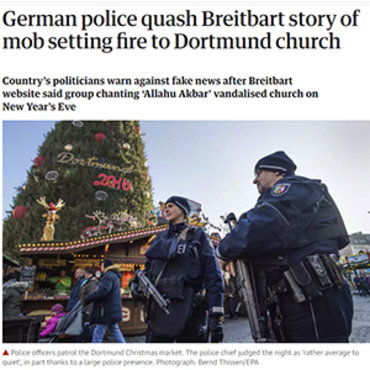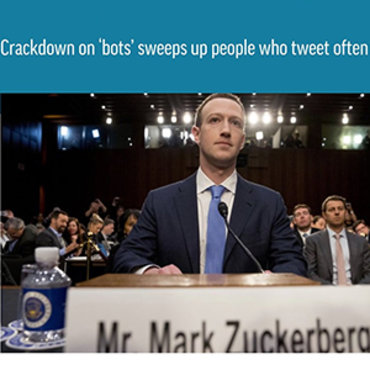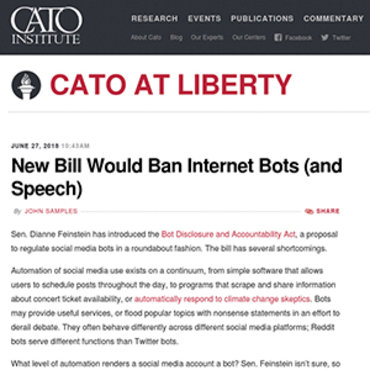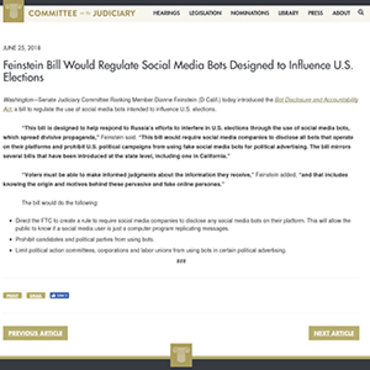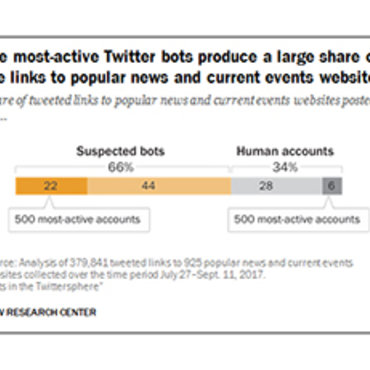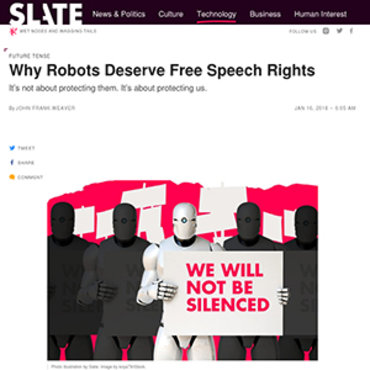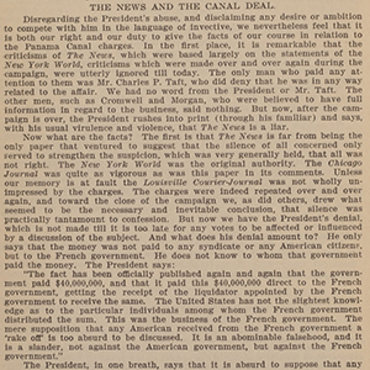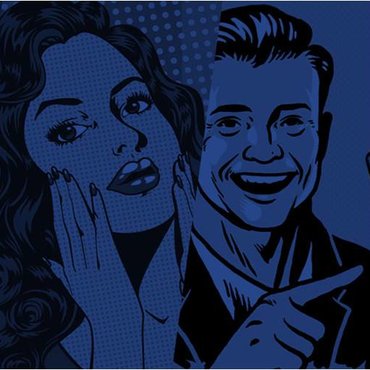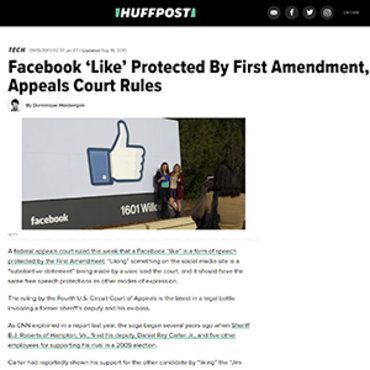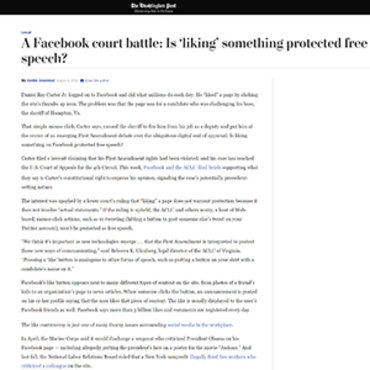Staging Spectacles to Win Votes
See how candidates stage carefully choreographed events in hopes of impressing voters as they tour the country — and analyze tools and techniques candidates use to connect with voters on the campaign trail.
Get even more great free content!
This content contains copyrighted material that requires a free NewseumED account.
Registration is fast, easy, and comes with 100% free access to our vast collection of videos, artifacts, interactive content, and more.
NewseumED is provided as a free educational resource and contains copyrighted material. Registration is required for full access. Signing up is simple and free.
With a free NewseumED account, you can:
- Watch timely and informative videos
- Access expertly crafted lesson plans
- Download an array of classroom resources
- and much more!
- Current Events
- Elections
- Politics
- 6-12
- College/University
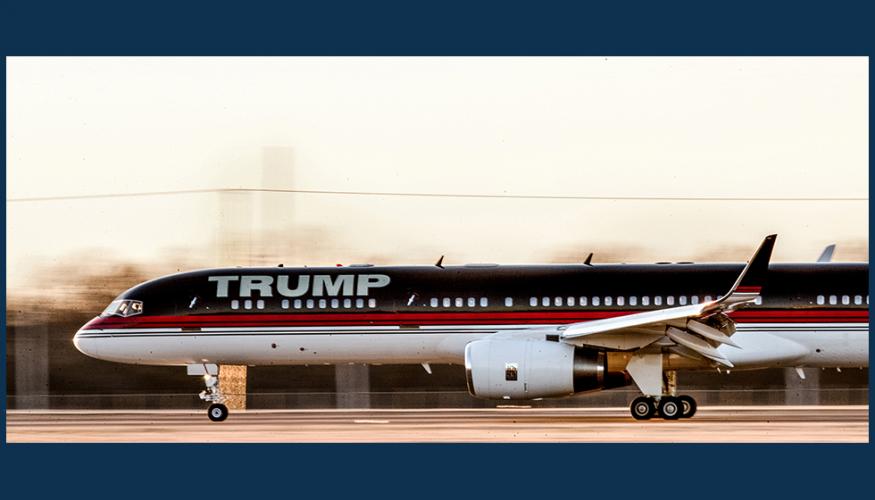
The branded Trump jet let the billionaire businessman make an impression on his audience even before he said a word during the 2016 campaign.
- Ask students how they hear about campaign news? What sources do they use for updates on the candidates and election events?
- This case study is one of four in the Campaign Messages section of the Decoding Elections EDCollection that looks at communication strategies in speeches, news coverage, ads and all-encompassing campaign trail events. Explain that the case study they will be looking at will raise questions about the strengths and weaknesses of each source for the public.
- Read the Explore the Debate question aloud and/or write it on the board. Read them the overview that sets the scene for group work. Tell them they will use historical and contemporary examples to reach a consensus in small groups on an answer to the debate question.
- Pass out copies of the case study and the Organizing Evidence worksheet. Have the groups read each of the four Election Essentials and use the Questions to Consider to help guide the discussion. They should complete sections 1 and 2 on the worksheet.
- Have the students look at the Pages From History artifacts for the case study on NewseumED.org and complete section 3 on the worksheet. Give the groups 15 minutes to collect and organize information to formulate evidence-supported arguments for their answer to the debate question. (If time is an issue, skip the artifacts or assign as homework.)
- Ask the groups to share their conclusions and reasoning. You may want to use the Questions to Consider again to push and expand the debate.
- Copies of the case study handout, one per student (download)
- Organizing Evidence worksheet, one per group (download)
- Access to NewseumED.org for artifacts
- NewseumED Pinterest board of related resources (optional)
Are candidates’ campaign events a useful reflection of their beliefs and character or just flashy distractions?
From rock concerts to all-you-can-eat buffets, campaign events can take on a multitude of forms. What all of these gatherings share is a single driving purpose: to show that the candidate will represent the people. The tools and techniques at play can be as simple as a talk at a potluck, as subtle as a well-timed photograph, or as splashy as rubbing elbows with the rich and famous. Even though we live in an age of virtual communications and e-meetings, presidential contenders continue to log thousands of miles to shake hands and kiss babies in towns from Maine to New Mexico. But are these live appearances useful to voters seeking to make up their minds which candidate to support, or are they just an opportunity for the candidates to show off?
1. Hitting the Road
Pounding pavement gives candidates a chance to meet voters outside of their home state – and attract national media coverage. The first to undertake a serious cross-country speaking tour by train (called “whistle-stop” campaigning) was William Jennings Bryan, when he ran unsuccessfully against William McKinley in 1896. In 1900, Vice President Theodore Roosevelt took to the road instead of McKinley, who thought it unbecoming for a sitting president to campaign publicly. Roosevelt delivered 673 speeches over 21,000 miles. Today’s candidates fly from city to city to forge personal connections and establish a brand. Memorized stump speeches, printed backdrops and preselected playlists mean that voters and reporters from Tulsa to Tallahassee get the same story.
2. Party in Style
Extensive travel, months-long races, staffing and ad wars make running for president expensive. Candidates need to raise money constantly – and hold events that convince donors to support them. Food, entertainment and unique offerings have long been popular lures. In 2016, Bernie Sanders supporters sold tickets to potluck dinners and reinforced his message of representing the “99 percent,” or common folks. And 2016 GOP presidential hopeful Jeb Bush capitalized on the family legacy by offering donors the rare opportunity to see two former presidents – his brother and his father – at a fundraising event in Houston.
3. Going Hollywood
Politicians often invite celebrities to their campaign events to try to impress voters and donors. Warren Harding was the first presidential candidate to take advantage of movie stars’ fame. In 1920, Harding’s wife Florence got singer and actor Al Jolson to lead a dazzling parade to their house. (Jolson was widely considered the biggest star at the time.) In the 2016 race, “Duck Dynasty” star Willie Robertson appeared alongside Donald Trump, and the Red Hot Chili Peppers performed at a Bernie Sanders rally. Some celebrity endorsements come from people with more political experience, such as famed feminist Gloria Steinem’s support for Hillary Clinton.
4. Picture Perfect
Candid photography opened politicians’ every action to viewers across the country – but savvy political advisers saw how to use it to shape a candidate’s image. Photo ops (photo opportunities) are staged moments intended to be photographed and widely seen, which today means posted on Instagram as well as running in a newspaper or on a website. A good photo op tells a story that casts the candidate in a positive, relatable light. The resulting image may look casual, but every detail is carefully planned, from clothing to setting to props like American flags.
- What techniques have you seen candidates using at their events to attract supporters and build excitement among the crowd? Which of these techniques do you think are the most effective, and why?
- How have campaign events evolved over time? How have they stayed the same?
- Why do candidates stage in-person appearances at locations across the country over the course of their campaigns? Why do people show up at these events?
- Can you judge a person’s ability to be president based on a campaign event? What about their policy ideas or their personal character? Explain.
Pick a candidate running for any office and plan a campaign event that you think would help that person attract support. Answer these questions about your event: What will take place? What will be on the program/agenda? When and where will it take place? Who will be invited or attend? What will your candidate and any other key people at the event wear? What about decorations and props? Explain your decisions.
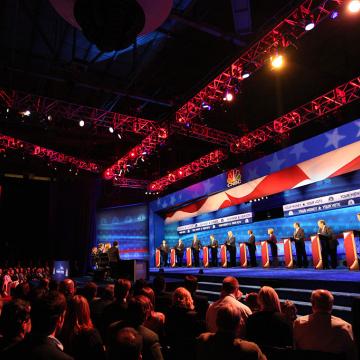
What’s your political personality type?
What’s your political personality type?
Make Your Voice Matter
Under 18 and can't vote?
Check out other ways to get involved.
-
Common Core State Standards: CCSS.ELA-LITERACY.CCRA.R.1
Read closely to determine what the text says explicitly and to make logical inferences from it; cite specific textual evidence when writing or speaking to support conclusions drawn from the text. -
Common Core State Standards: CCSS.ELA-LITERACY.CCRA.R.2
Determine central ideas or themes of a text and analyze their development; summarize the key supporting details and ideas. -
Common Core State Standards: CCSS.ELA-LITERACY.CCRA.R.6
Assess how point of view or purpose shapes the content and style of a text. -
Common Core State Standards: CCSS.ELA-LITERACY.CCRA.R.8
Delineate and evaluate the argument and specific claims in a text, including the validity of the reasoning as well as the relevance and sufficiency of the evidence. -
Common Core State Standards: CCSS.ELA-LITERACY.CCRA.SL.1
Prepare for and participate effectively in a range of conversations and collaborations with diverse partners, building on others' ideas and expressing their own clearly and persuasively. -
Common Core State Standards: CCSS.ELA-LITERACY.CCRA.SL.2
Integrate and evaluate information presented in diverse media and formats, including visually, quantitatively, and orally.
-
NCSS C3 Framework: D2.Civ.3.6-8 and D2.Civ.3.9-12
6 - 8: Examine the origins, purposes, and impact of constitutions, laws, treaties, and international agreements. 9 - 12: Analyze the impact of constitutions, laws, treaties, and international agreements on the maintenance of national and international order.
-
ISTE: 3b. Knowledge Constructor
Students evaluate the accuracy, perspective, credibility and relevance of information, media, data or other resources. -
ISTE: 7d. Global Collaborator
Students explore local and global issues and use collaborative technologies to investigate solutions.
-
National Council of Teachers of English: NCTE.1
Students read a wide range of print and non-print texts to build an understanding of texts, of themselves, and of the cultures of the United States and the world; to acquire new information; to respond to the needs and demands of society and the workplace; and for personal fulfillment. Among these texts are fiction and nonfiction, classic and contemporary works. -
National Council of Teachers of English: NCTE.12
Students use spoken, written, and visual language to accomplish their own purposes (e.g., for learning, enjoyment, persuasion, and the exchange of information).
-
Center for Civic Education: CCE.II
A. What is the American idea of constitutional government? B. What are the distinctive characteristics of American society? C. What is American political culture? D. What values and principles are basic to American constitutional democracy?

